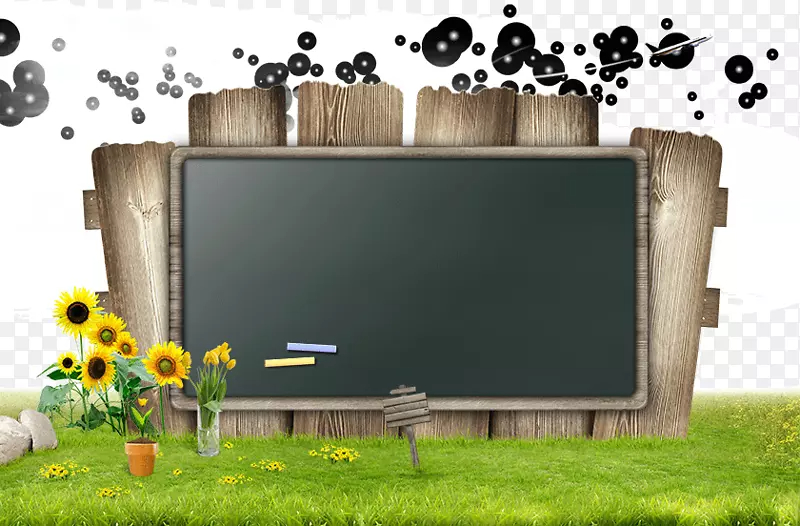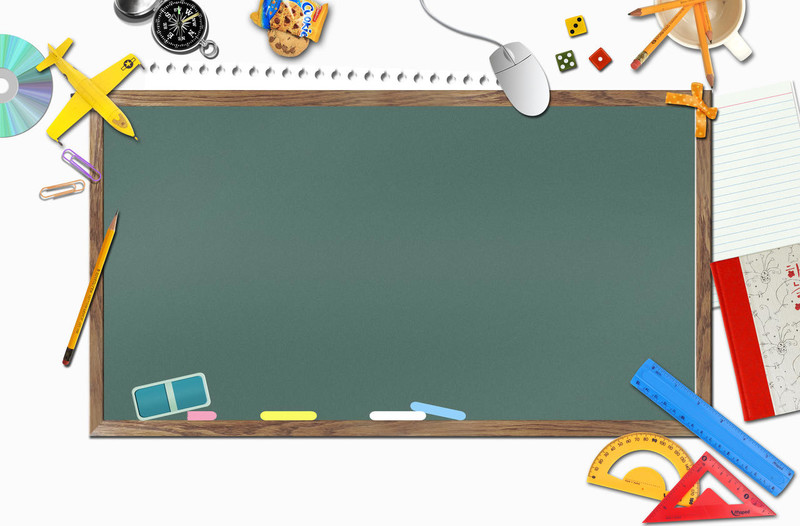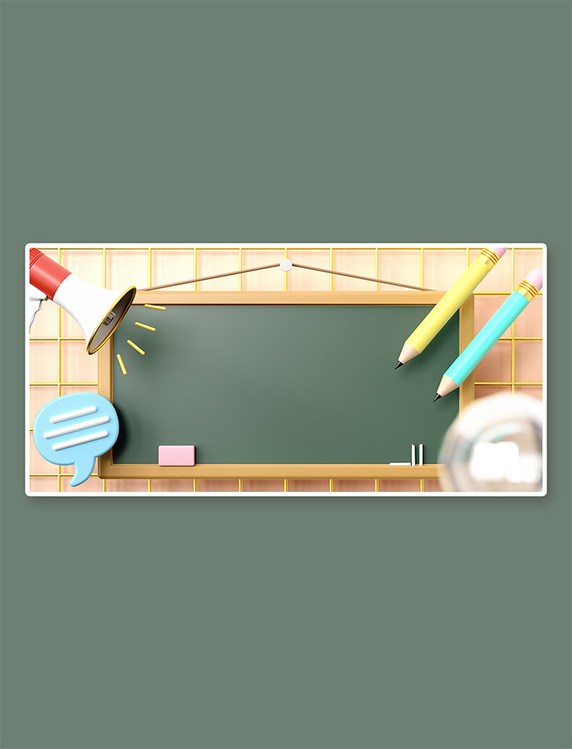Navigating Blackboard at Ohio University can seem daunting for new users. However, this learning management system (LMS) is designed to enhance your educational experience by providing a central location for course materials, communication, and academic resources. This guide is tailored to help Ohio University students find their way around Blackboard, making the most of its features for a successful academic journey.
Getting Started with Blackboard
Logging In and Understanding the Dashboard
Your first step is to log in to the Ohio University Blackboard portal, which you can typically access through the university’s main website or directly at the designated Blackboard URL. Use your Ohio University student credentials to sign in. Once logged in, you’ll find yourself on the Blackboard dashboard, which gives an overview of your current courses, important announcements, and any upcoming assignments or events. Take time to familiarize yourself with the layout, as this dashboard will be your home base for academic activities.
Accessing Courses and Organizing Your Space
On the Blackboard dashboard, you’ll see a section or tab for ‘My Courses’, which lists all the courses you’re enrolled in for the semester. Click on a course title to access the course-specific Blackboard page. Here, you can review the syllabus, course materials, and any other resources your instructor has provided. It’s a good idea to organize your space by pinning the most frequently accessed courses to the top of your list or customizing the layout to suit your preferences.

Maximizing the Use of Course Materials
Engaging with Lectures and Readings
Within each course, Blackboard hosts a variety of instructional materials, such as recorded lectures, PowerPoint slides, and reading assignments. These materials are typically found under the ‘Content’, ‘Lectures’, or ‘Course Materials’ sections. Make it a habit to engage actively with these resources—take notes, review them regularly, and use them as study aids to prepare for exams and assignments.
Submitting Assignments and Assessing Grades
Submitting assignments through Blackboard is straightforward. Look for the ‘Assignments’ tab within your course, where you’ll find a list of all assignments along with their due dates and submission instructions. Once you’ve completed an assignment, you can upload it directly to Blackboard. After submission, you can track your grades and feedback from your instructors via the ‘My Grades’ section, helping you to gauge your progress and focus on areas needing improvement.

Communicating and Collaborating Effectively
Participating in Discussions and Group Work
Communication is a critical part of the learning process, and Blackboard facilitates this through features like discussion boards and group work areas. Participate in discussion forums to engage with your classmates and instructors, discuss course topics, and extend your learning beyond the classroom. For group projects, use the designated group spaces to collaborate on assignments, share files, and communicate with your teammates.
Utilizing Blackboard’s Messaging and Email
For more direct communication, Blackboard provides a messaging and email system. Use these tools to reach out to your instructors with questions or concerns about course materials or assignments. It’s important to check your Blackboard messages regularly, as instructors may use this system for important updates or feedback. Being proactive and responsive in your communications can lead to a richer educational experience.

Staying Organized and Proactive with Blackboard Tools
Using the Blackboard Calendar and Task Features
One of the best ways to stay organized is to use Blackboard’s built-in calendar and task features. The calendar will help you keep track of important dates like assignment deadlines, exam schedules, and class meetings. You can also set reminders for upcoming tasks. Additionally, create a list of to-dos with the task feature to prioritize your workload and ensure that you’re always prepared.
Seeking Help and Utilizing Academic Resources
Finally, Blackboard is not just a place for course content; it’s also a hub for academic resources. If you’re struggling with a topic or need extra help, look for resources such as tutoring services, writing centers, or library access on Blackboard. Don’t hesitate to reach out for help when you need it—Ohio University provides these resources to support your academic success.

Enhancing Your Learning Through Blackboard’s Rich Media and Assessment Tools
Making the Most of Multimedia and Interactive Content
Blackboard’s platform at Ohio University is capable of delivering a diverse array of multimedia content to cater to various learning styles. To enhance your educational experience, take full advantage of videos, audio recordings, and interactive presentations provided within your courses. Such content can offer a different angle on the material and aid in understanding complex concepts. Additionally, interactive tools like quizzes and polls not only test your knowledge but also provide immediate feedback to help you measure your understanding in real time.
Utilizing Blackboard Tests for Self-Assessment
Many instructors use Blackboard’s testing features to administer quizzes, midterms, and finals. Familiarize yourself with the test interface early on by completing any available practice tests. This will not only help you get comfortable with the format but also identify areas where you need further study. When taking tests, ensure a reliable internet connection and be mindful of any time constraints. Should any issues arise during an online assessment, don’t hesitate to contact your instructor or the Ohio University IT support services for assistance.

Leveraging Blackboard Support and Continuous Improvement
Accessing Support Resources for Technical Issues
Ohio University’s Blackboard system is supported by a range of technical support resources designed to help students navigate and resolve any issues they may encounter. Familiarize yourself with the help and support features, which often include FAQs, user guides, and contact information for the IT help desk. Proactive troubleshooting and knowing where to find help can save you time and prevent stress, especially during critical periods like exams or assignment deadlines.
Providing Feedback to Improve the Blackboard Experience
Lastly, your input as a student is valuable in improving Blackboard’s functionality and user experience. Ohio University may periodically solicit feedback on the LMS from its users. Participate in surveys or provide feedback through designated channels to share your insights and suggestions. By engaging in this continuous improvement process, you contribute to creating a more effective learning environment for yourself and your peers.
By effectively navigating Blackboard, Ohio University students can enhance their learning, stay organized, and take control of their academic responsibilities. Understand the basics of logging in and accessing courses on Blackboard. Engage actively with the materials provided. Participate in discussions to enhance your learning experience. Utilize the organizational tools Blackboard offers to stay on top of your coursework. View Blackboard as a powerful ally in your academic journey at Ohio University. Use Blackboard wisely to contribute significantly to your success.